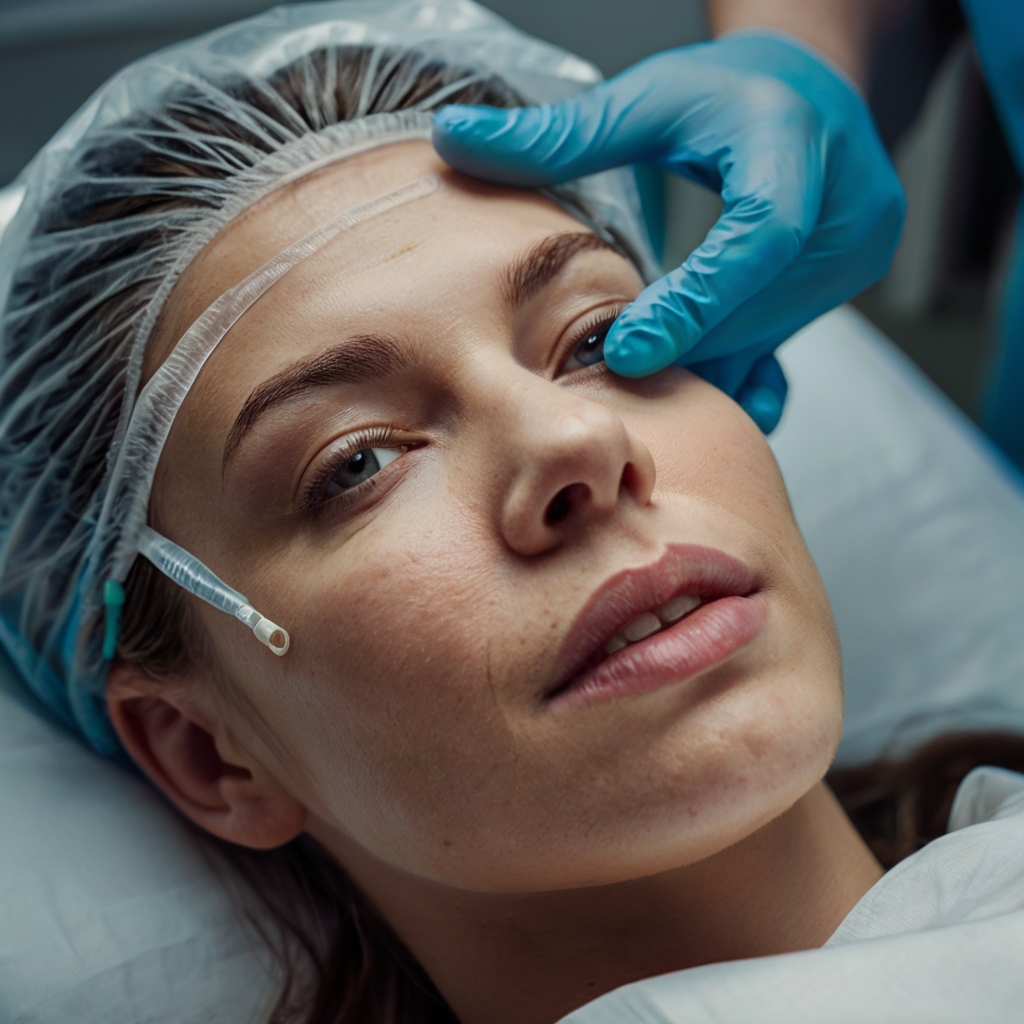Botox has become a go-to solution for those looking to smooth out wrinkles and achieve a youthful appearance. One of the most common areas for Botox treatment is the forehead, where horizontal lines and frown lines can become prominent with age. Understanding how many units of botox for forehead is essential for achieving optimal results. In this guide, we will explore everything you need to know about Botox units for the forehead, from determining the right amount to what you can expect during and after the procedure.
What is Botox?
Understanding Botox
Botox is a neurotoxin produced by the bacterium Clostridium botulinum. When used in small, controlled doses, it can temporarily paralyze muscles by blocking nerve signals, which helps reduce the appearance of wrinkles and fine lines. Botox is widely used for cosmetic purposes but also has several medical applications, such as treating migraines, excessive sweating, and muscle spasms.
How Botox Works
Botox works by preventing the release of acetylcholine, a neurotransmitter that signals muscle contraction. By inhibiting this process, Botox relaxes the muscles and smooths out the skin, reducing the appearance of wrinkles. The effects are temporary, typically lasting three to six months.
Common Areas Treated with Botox
Forehead Lines
Forehead lines are horizontal wrinkles that form across the forehead due to repetitive muscle movement, such as raising the eyebrows. These lines can make the face appear aged and tired. Botox injections can effectively smooth these lines, giving the forehead a more youthful appearance.
Frown Lines
Frown lines, also known as glabellar lines or “11 lines,” are vertical wrinkles that appear between the eyebrows. These lines form when the muscles between the eyebrows contract, such as when frowning or squinting. Botox can relax these muscles, reducing the appearance of frown lines.
Determining the Right Amount of Botox for the Forehead
Factors Influencing Botox Units
Several factors can influence the number of Botox units needed for the forehead:
- Age: Older individuals with more pronounced wrinkles may require more units.
- Skin Thickness: Thicker skin may need more units to achieve the desired effect.
- Muscle Strength: Stronger forehead muscles may need more units for effective relaxation.
- Desired Outcome: The extent of wrinkle reduction desired will also determine the number of units required.
Typical Botox Units for Forehead Treatment
For most patients, the typical number of Botox units for the forehead ranges from 10 to 30 units. This amount can be divided into different areas of the forehead, depending on the individual’s needs. A common approach is to use:
- 10-20 units for horizontal forehead lines
- 10-25 units for frown lines (glabellar lines)
It’s important to note that these numbers are general guidelines. The exact number of units needed can vary based on the factors mentioned above and should be determined by a qualified practitioner during a consultation.
Consultation and Assessment
Initial Consultation
During the initial consultation, your practitioner will assess your forehead muscles and skin condition to determine the appropriate number of Botox units. They will discuss your aesthetic goals, medical history, and any previous experiences with Botox or other cosmetic treatments.
Customized Treatment Plan
Based on the assessment, your practitioner will create a customized treatment plan tailored to your needs. This plan will outline the number of units needed and the injection sites to achieve the best results. It’s important to have realistic expectations and understand that multiple sessions may be required for optimal outcomes.
The Botox Procedure
Injection Process
The Botox injection process is relatively quick and straightforward. Here’s what to expect:
- Cleansing: The treatment area will be cleaned to remove any dirt or makeup.
- Marking: The practitioner may mark the injection sites to ensure precise placement.
- Injection: Using a fine needle, the practitioner will inject the Botox into the targeted muscles. Most patients experience minimal discomfort, often described as a slight pinch.
- Post-Injection Care: After the injections, you may be advised to avoid lying down or applying pressure to the treated area for a few hours.
Recovery and Aftercare
Botox requires little to no downtime, and most patients can resume their normal activities immediately. However, to ensure the best results and minimize side effects, follow these aftercare tips:
- Avoid touching or massaging the treated area for at least 24 hours.
- Refrain from strenuous exercise, excessive heat, and alcohol consumption for 24 hours.
- Stay upright for at least four hours after the procedure.
Results and Maintenance
When to Expect Results
The effects of Botox are not immediate. You can expect to see noticeable improvements within 3 to 5 days, with full results visible by two weeks. The treated areas will appear smoother, and wrinkles will be significantly reduced.
Tips for Prolonging Results
- Follow a skincare routine: Use products that support skin health and hydration.
- Protect your skin from the sun: UV exposure can accelerate aging and reduce the effectiveness of Botox.
- Maintain a healthy lifestyle: Eating a balanced diet, staying hydrated, and avoiding smoking can help prolong the effects of Botox.
Potential Side Effects and Risks
Common Side Effects
Most side effects of Botox are mild and temporary, including:
- Redness or swelling at the injection site
- Mild bruising
- Headache
These side effects usually resolve within a few days.
Rare Side Effects
Although rare, some patients may experience more serious side effects, such as:
- Eyelid drooping (ptosis)
- Uneven results
- Allergic reactions
If you experience any of these side effects, contact your practitioner immediately.
Conclusion
Understanding how many units of Botox are needed for the forehead is crucial for achieving the best results. The number of units required can vary based on individual factors such as age, skin thickness, muscle strength, and desired outcome. By consulting with a qualified practitioner and following their recommendations, you can achieve a smoother, more youthful appearance. Botox is a safe and effective solution for reducing forehead wrinkles, and with proper care and maintenance, you can enjoy lasting results. Whether you are new to Botox or looking to optimize your treatment, this guide provides the essential information to make informed decisions and achieve your aesthetic goals.


